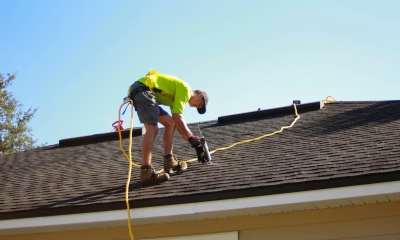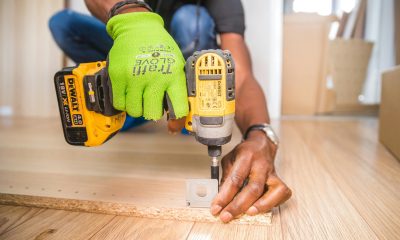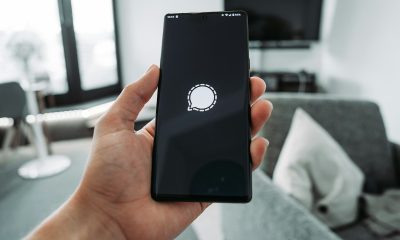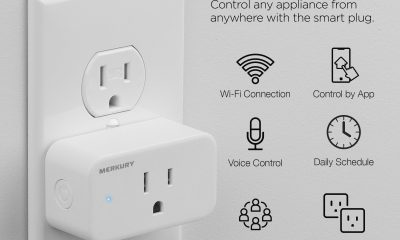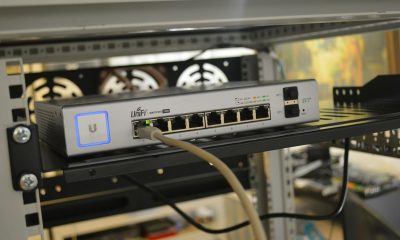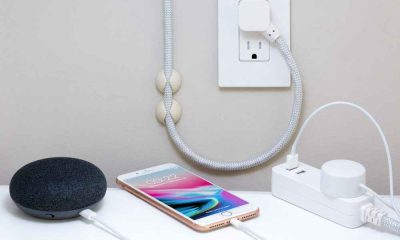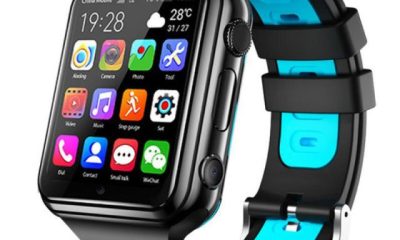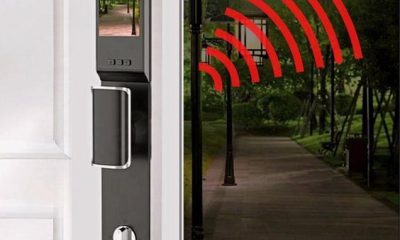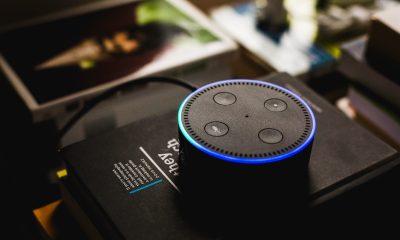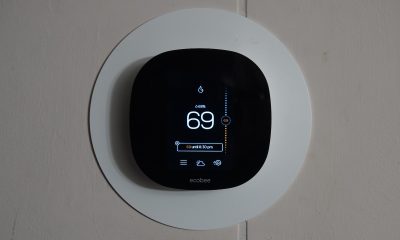Guides
How to Secure Your Smart Home: The Practical Guide for Everyday Users

The future arrived, snuck through the front door, and set up shop in your living room. From your fridge texting you about milk to your doorbell sending live footage to your smartwatch everything’s connected now. We call it the Internet of Things (IoT). Sounds slick, right? Until the baby monitor starts streaming to someone else. Or your thermostat goes rogue. Or worse: a hacker uses your toaster as a launchpad into your home network. That’s not sci-fi paranoia. That’s 2025 reality.
And the craziest part? Most people don’t even change the default password on their devices. Yikes.
The Home Network: Ground Zero for Attacks
Here’s what’s easy to forget: your smart home is only as strong as the Wi-Fi it rides on. Think of your home network as the nervous system for all these gadgets. You secure your front door, probably double lock it. But is your router password still “admin123”? If so, it’s like leaving the back gate wide open and planting a sign: “Come on in.”
Most smart devices don’t have built-in advanced protection. They rely on your router and you to play defense. That’s a big ask. And attackers know it.
A 2024 report from CyberEdge Group revealed that 63% of home networks scanned had at least one vulnerable connected device. One. That’s all it takes. Hackers love low-hanging fruit, and unsecured IoT gadgets are digital peaches.
Network-Level Security and VPNs
Your smart home benefits from encrypted and segmented network traffic.
Why Use a VPN on Your Router:
- Protects all devices (even those without OS or app support)
- Encrypts data traffic leaving your home
- Prevents tracking from ISPs or malicious actors
Best Practices:
- Choose a reputable VPN provider with no-log policy
- Install VPN at router level for IoT coverage
- Avoid free VPNs that log or sell user data
Advanced Tip: Set up VLANs (Virtual LANs) if your router supports it. This lets you segment traffic even further.
Botnets, Malware & How Devices Get Hijacked
The Real Threat: It’s Not Just About You
Your smart vacuum may not hold your banking info, but it can be hijacked to attack others.
How Attacks Happen:
- Default credentials (widely known and indexed online)
- Unpatched firmware (open vulnerabilities)
- Open ports (not closed or filtered properly)
Notable Case:
- Mirai Botnet (2016): Over 600,000 IoT devices infected to launch DDoS attacks.
Prevention:
- Regularly scan for open ports using tools like ShieldsUP!
- Use antivirus/antimalware on all devices with interfaces (e.g., smart TVs, PCs)
- Disable remote access unless required
Privacy Considerations
Smart devices don’t just expose you to hackers—they also collect, analyze, and transmit data.
What Devices Often Collect:
- Voice & audio data
- Visual feeds (security cams)
- Behavioral analytics (schedules, usage patterns)
Mitigation Steps:
- Review privacy policies before buying
- Use local processing devices where possible
- Turn off cloud storage features unless absolutely needed
- Delete data history regularly from apps
Tip: Use Mozilla’s Privacy Not Included to assess a device’s privacy and security track record.
Smart Home Security Checklist (Quick Reference)
Weekly:
- Check for firmware updates
- Scan for unknown devices on your network
Monthly:
- Change critical passwords
- Review connected device logs (many routers log activity)
Quarterly:
- Perform a complete audit of all smart devices
- Factory reset and reconfigure any unused gadgets
- Revisit privacy settings in all apps
IoT Security: Not Just a Buzzword, a Survival Tactic
Let’s get blunt. IoT security is not just a checklist. It’s an evolving strategy. A living routine. Digital hygiene. Like washing your hands — only this is about patching firmware, updating routers, and ditching default usernames.
Here’s a quick and dirty list (but not dirty in that way):
- Change Default Credentials. Immediately. “Admin/admin” is a hacker catnip.
- Firmware Updates? Yes. Don’t skip them. They patch holes, and yes, you need to check manually sometimes.
- Segment Your Network. Create a guest network for your IoT devices. Why? So if a hacker cracks one smart plug, they don’t waltz into your laptop.
- Disable Unused Features. Microphone on your smart fridge? Turn it off unless you’re really chatting with your groceries.
- Two-Factor Everything. If a service or device supports 2FA, enable it. Immediately.
Security isn’t about paranoia. It’s about preparation. Like locking your bike even in a “safe” neighborhood. IoT makes life smoother — until it doesn’t.
Enter the VPN
Now, let’s talk about a defensive tool that often flies under the radar in home setups: the Virtual Private Network, or VPN. You may already know VPNs are popular among remote workers, gamers, and streaming addicts. But their power extends far beyond Netflix access.
Here’s the twist: not all VPNs work with IoT devices, but some like VeePN — offer router-level protection. This means that you can not only install VPN on Mac or VPN apps for various PCs, smartphones, but also add an add-on to the router that will protect all connected devices. In simple terms, VeePN can protect any of your devices, even IoT devices that do not have their own operating system.
Imagine encrypting traffic from your baby monitor. Now that’s peace of mind.
Why VeePN? Because it’s fast, stable, and doesn’t log your activity (a huge one). Plus, it supports multiple devices, works on iOS, Android, Windows, routers, and more. It can even block ads and trackers — a sneaky benefit you don’t appreciate until you’ve experienced silence from marketing bots.
The Hacker’s Playground: Why IoT Devices Are Targets
Let’s break this down. Hackers aren’t always after you. Sometimes, they want your devices. They want your smart speaker to become a foot soldier in a botnet army. A zombie. To launch attacks against others. It happened in 2016 — the Mirai botnet infected over 600,000 IoT devices, including DVRs and routers, to take down major sites like Twitter and Reddit.
They don’t need your name or card details. Just access. Bandwidth. An open port. Your smart home is valuable in ways you might not realize.
And what’s wild? Many of those devices weren’t even compromised through brute force. They were invited in through weak passwords, unpatched firmware, or open ports. That’s what you’re up against. And that’s why your VPN, your updates, and your awareness matter.
Physical Meets Digital: Smart Locks, Dumb Risks?
Smart locks are fantastic — until someone bypasses them. Same with smart garage doors. Cameras. Even your fancy AI-powered thermostat could be used to map your routines. When you leave. When you sleep. When your home is empty. Creepy? Yes. Dangerous? Absolutely.
Never forget: convenience without security is just an invitation. Moreover, enabling VeePN on a specific device or router takes a couple of minutes. One poorly secured device can compromise your privacy, finances, and safety. And hackers are no longer nerds in basements. They’re organized. Sophisticated. And often automated.
Wrapping It Up: What Should You Do Right Now?
If you only do three things after reading this, let them be:
- Secure your router. Change the password. Update the firmware. Disable WPS.
- Get VeePN and install it on your router. Let it protect the entire network, silently, always.
- Audit your IoT devices. How many are connected? When were they last updated? Any using default credentials? Fix them.
Your smart home is smart. But it won’t protect itself. That’s on you. Or, rather, it’s on you and the tools you choose.
Don’t wait until your fridge starts ordering pizzas in Russian.
Final Stat Shot
According to Statista, the number of smart home devices globally will surpass 75 billion by 2025. That’s 75 billion chances for things to go sideways — or secure, depending on how you play it.
The choice is yours. Just make sure your thermostat isn’t making that call for you.
Further Reading and Trusted Resources
-

 Gadgets3 years ago
Gadgets3 years agoDoes Nest Thermostats Contain Cameras Or Microphones? Is It Safe For you?
-
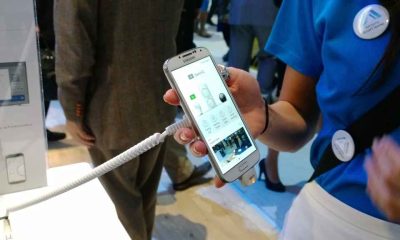
 Guides1 year ago
Guides1 year ago10 Best Apps To Control All Your Smart Home Devices.
-
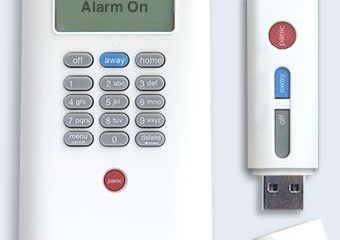
 Gadgets3 years ago
Gadgets3 years agoWhat Is The Purpose Of Red Button On The SimpliSafe Keypad?
-

 Gadgets3 years ago
Gadgets3 years agoComplete Guide About Equalizer settings for Samsung-Soundbar
-
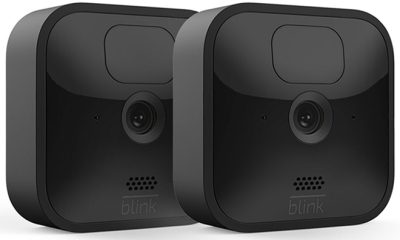
 Accessories2 years ago
Accessories2 years agoBlink Camera’s Temperature Sensor Settings, and More
-

 Gadgets3 years ago
Gadgets3 years agoFitbit Symbols Meaning: What Do The Fitbit Icons Mean?
-

 Solutions3 years ago
Solutions3 years agoWhy is My Samsung TV Picture So Dark? Exploring the Possible Causes
-

 Accessories2 years ago
Accessories2 years agoCan Siri Control Samsung Televisions And Are Samsung TVs Homekit Compliant?








